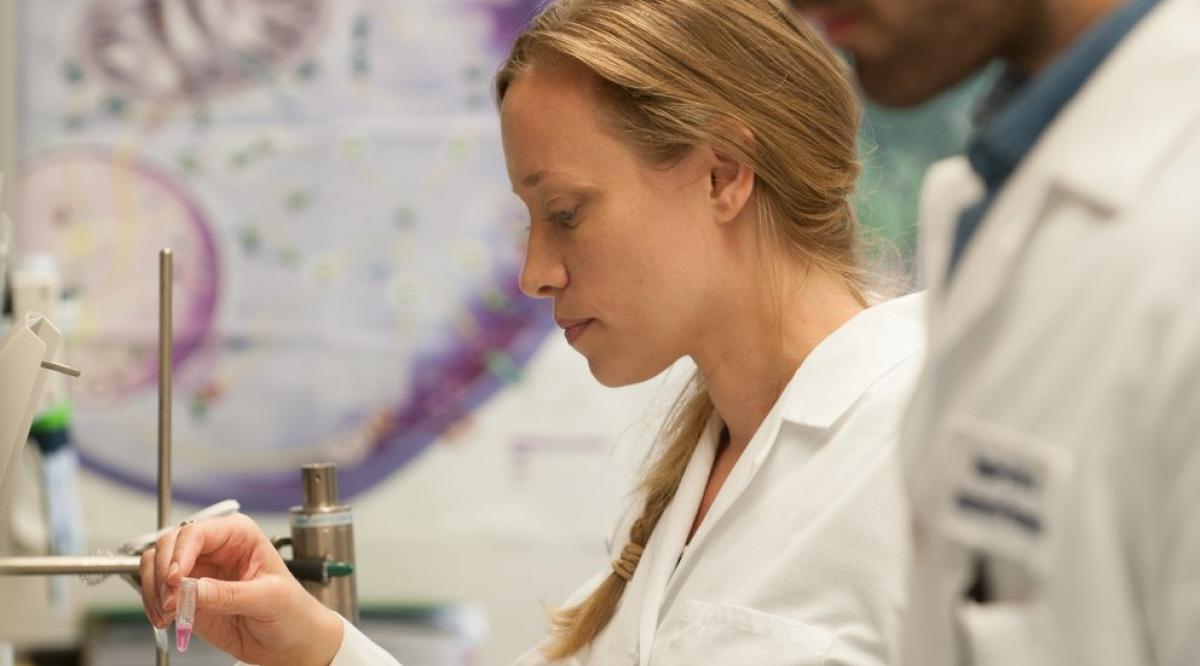One day before the Obama administration ended on Jan. 19, 2017, the Department of Health and Human Services (HHS) and 15 other federal agencies and departments released long-awaited final regulations to update the Common Rule, which provides protection to human research participants. These are the first changes to the Common Rule since its 1991 release.
The final rule does not include several provisions that drew criticism from many in the research community after proposed changes were released in September 2015. The final regulation “is much improved from the proposed rule and provides some welcome and overdue changes that decrease unnecessary burdens and delays for researchers and institutions,” AAMC President and CEO Darrell G. Kirch, MD, said in a statement.
“The Common Rule agencies were responsive to the concerns from across the community… . Not only was the required consent process too vague to be meaningful, it would create a new privacy risk by linking the unidentified specimens to the consent.”
Heather Pierce, JD, MPH
AAMC
HHS received more than 2,100 comments about the proposed changes. More than 95% of those who submitted comments objected to at least one of the proposed changes, according to a May 2016 Council on Governmental Relations report that analyzed all comments HHS received.
Examining the final rule
The final rule removed a controversial proposal that would have redefined “human subject” to include unidentified biospecimens such as blood and tissue samples. This would have required institutions to obtain prospective informed consent for all future research involving biospecimens. Under the final rule, as in the current rule, consent is not required for research on unidentified biospecimens.
This requirement raised concerns from some researchers when it was initially proposed. In response to the proposal, David L. Wynes, PhD, vice president for research administration at Emory University School of Medicine, said, “If I’m having a surgery or a biopsy and [researchers] want to use blood or tissue in future research but have no idea what that research is going to be, how meaningful is that consent?”
“The Common Rule agencies were responsive to the concerns from across the community about this proposed change,” said Heather Pierce, JD, MPH, AAMC senior director of science policy and regulatory counsel. “Not only was the required consent process too vague to be meaningful, it would create a new privacy risk by linking the unidentified specimens to the consent.”
Although the final rule makes it clear that the policy only applies to identifiable biospecimens, HHS will be required to reevaluate what it means for information or biospecimens to be identifiable. “This allows the rule to adapt as technology changes,” said Pierce. “What we consider unidentifiable today may be readily identifiable in a decade.” For example, genetic testing available today could theoretically enable scientists to identify research participants who provided consent with the understanding their samples would be anonymous.
Under the final rule, informed consent forms for research participants must be written more clearly and include a summary of the most important information at the beginning.
The final rule maintained a proposal that requires a single institutional review board (IRB) to approve research taking place at multiple sites. The National Institutes of Health implemented a similar requirement last year. The AAMC “remains concerned” about the single IRB requirement, Kirch said in his statement, adding that the AAMC hopes the implementation of the provision “is marked by the flexibility suggested by the final rule text.”
The single IRB requirement applies to all federally supported research, but the language of the final rule seems to allow agencies or departments to exclude certain broad types of research from the requirement. “It’s not apparent whether or how Common Rule agencies will actually exercise this discretion in applying the single IRB requirement, so it is still a source of concern for institutions,” Pierce said.
Most provisions of the final rule are scheduled to go into effect on Jan. 19, 2018, except for the single IRB requirement, which will take effect Jan. 20, 2020. Because the rule was issued in the final days of the outgoing Obama administration, it is possible that the new Trump administration will change the rule’s content or compliance before institutions implement the new requirements.
